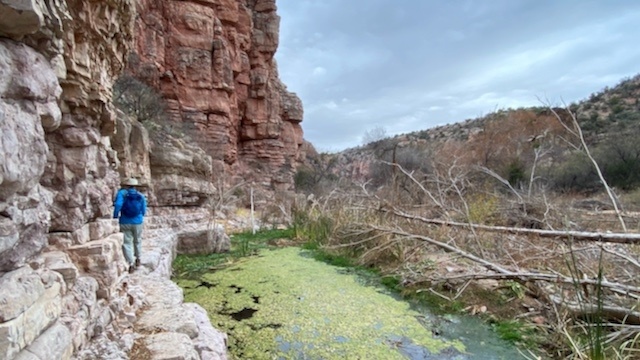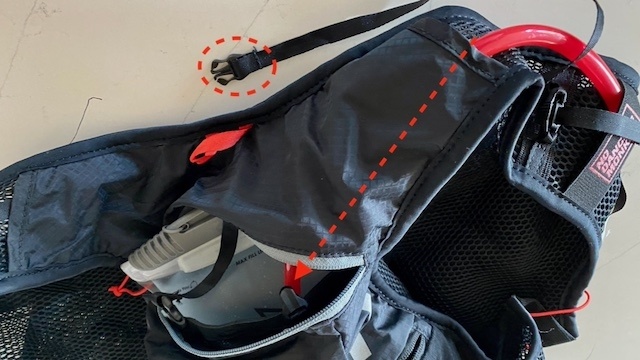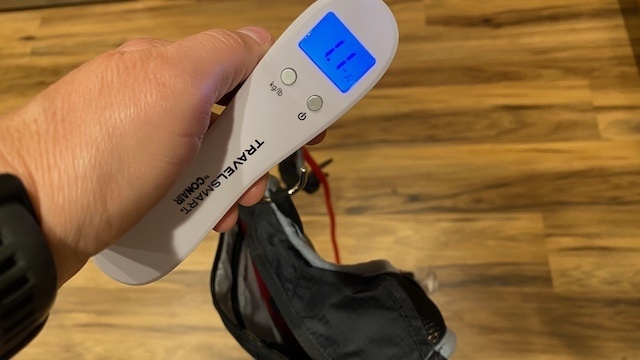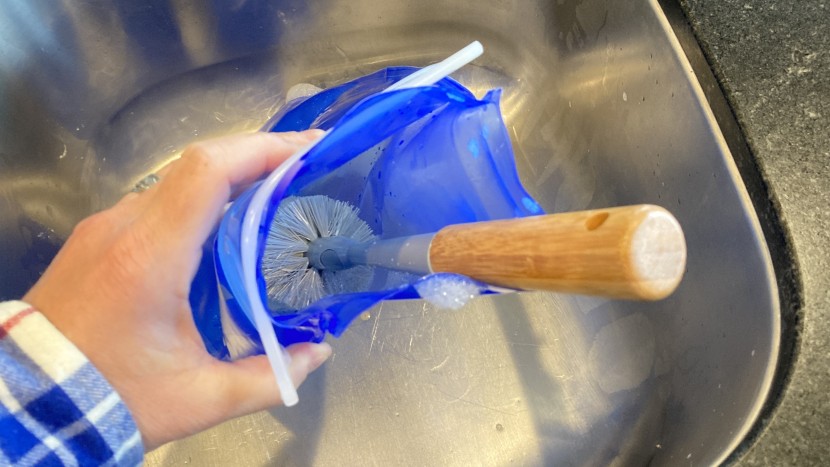Hydration packs are handy for various activities, including hiking, scrambling, mountain biking, trail running, and backcountry skiing. Our team of testers carried these packs on a variety of outdoor pursuits, from the coastal redwoods of California to the desert trails of Arizona and beyond. Our packs even served double duty as a gym bag, a daypack for walking the pup, and as a carry-on for flights. Using each model in such a wide variety of conditions allowed us to test both their water and gear carrying capacities, their fit and comfort, and the performance of their hydration systems.
All of the packs in this category include a built-in hydration system. To answer the question “Do I need a hydration pack?” and aid your decision-making between hydration vs. standard daypacks, read the “Hydration Pack vs. Daypack” section in our Buying Advice article.
Related: How to Choose a Hydration Pack
Ease of Drinking
Staying hydrated on the trail is important, and if your hydration pack's reservoir system is hard to use, you won't be as apt to sip water throughout your activity. We tested each pack for ease of drinking, which includes how well the bite valve works and the flow rate of water delivered to the bite valve. We also evaluated each reservoir's overall volume and the length of activity it is best suited for. Equally as important, we also analyzed how the hydration system interacts with the pack. We favored designs with more intuitive hose routing paths and secure bite valve attachment points. We found which designs are the most effective while bushwhacking through thick brush, climbing and scraping against rocks, and riding over bumpy terrain.
Ease of Filling
After coming back home from our adventures in the field, we also made side-by-side comparisons to see how easy it is to remove the hydration bladder from each pack, fill it up in the sink, and replace it into the pack. We considered the bladder's location within the pack, how complicated or easily removable the drinking hose is, and the opening size of the bladder itself. There is a definite difference between bladders with easily accessible locations and quick-release hoses versus bladders in a tighter location with more difficult-to-maneuver drinking hoses.
Comfort
Comfort is perhaps one of the more important rating metrics for any backpack. Our lineup includes models with nicely supported, well-ventilated back panels, cushioned shoulder straps, and hip belts, as well as those with mesh back panels with minimal airflow because they sit directly against the body. Another big comfort factor is how supportive the pack's frame is under heavy loads. Most higher-volume packs we tested are comfortable even when loaded to capacity.
Storage
Many times you need to carry more than just water with your pack, so we evaluate not only the pack's overall storage volume, but how well designed and organized the storage areas are. Are there pockets for your wallet and a key clip? Are items easily accessible without taking off and opening the pack? Is there enough room to fit a jacket or sweater? Our lineup includes a range of storage capacities, from super-minimalist designs that can hold a wallet and keys up to 20-liter packs for longer excursions and everything in between. We also have packs with specialty storage compartments for biking gear or other small tools.
Weight
Since manufacturers' claimed weights can sometimes be slightly less than accurate, we also weigh each hydration pack using a luggage or kitchen scale and record the results for you. There are usually obvious tradeoffs between weight, volume, and features, and we break down which models have the best volume-to-weight ratios, the best features, and the biggest bang for your buck.
Ease of Cleaning
Cleaning the hydration system is not always fun, but it should be done frequently to prevent mold and bacterial growth. For this metric, we consider how easy it is to remove the reservoir from the pack and the size and shape of the reservoir's opening. Our lineup includes reservoirs with smaller round openings and larger openings. Some reservoirs have internal baffles that give them structure but might interfere with cleaning; some can be folded inside out, and some are dishwasher safe.







